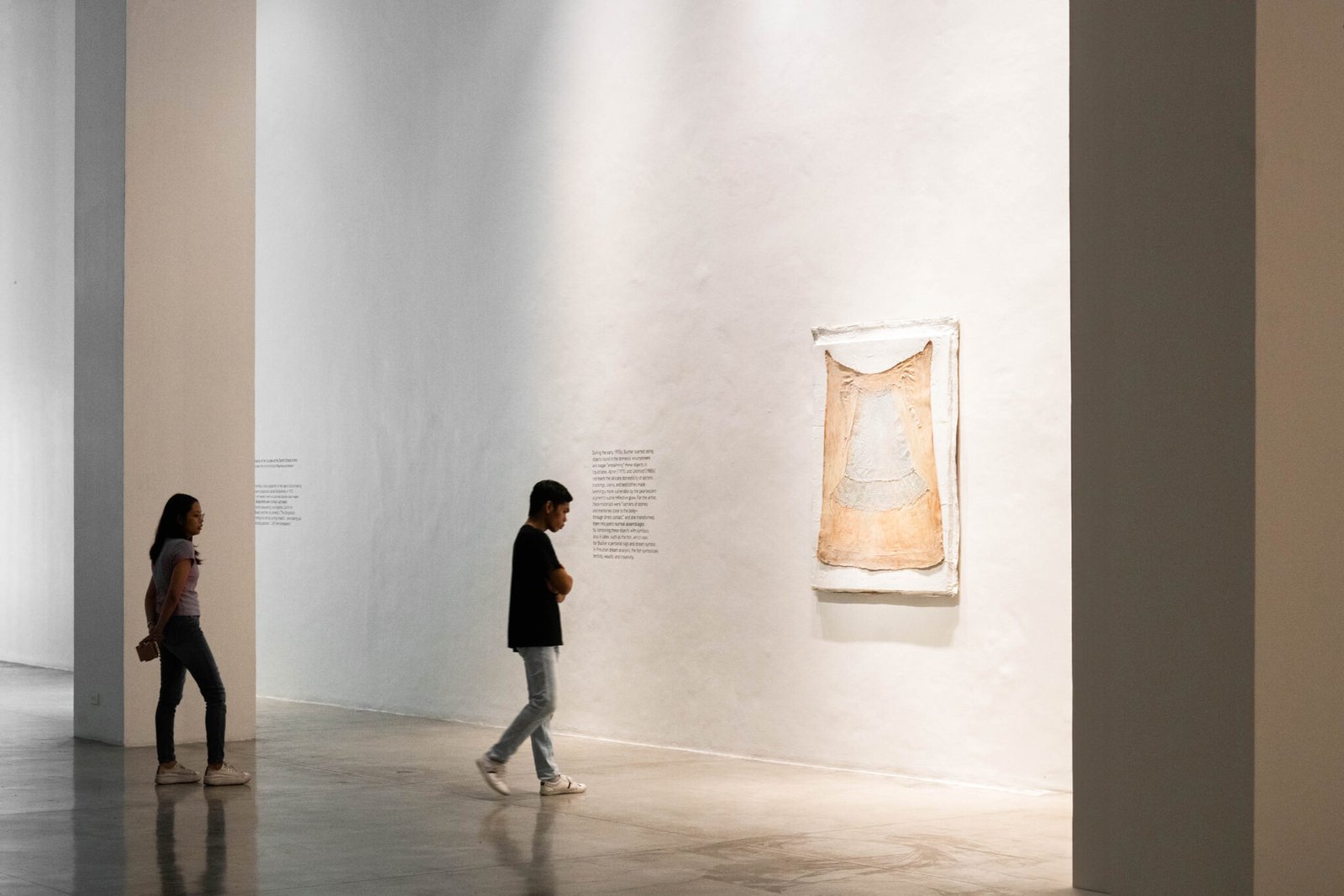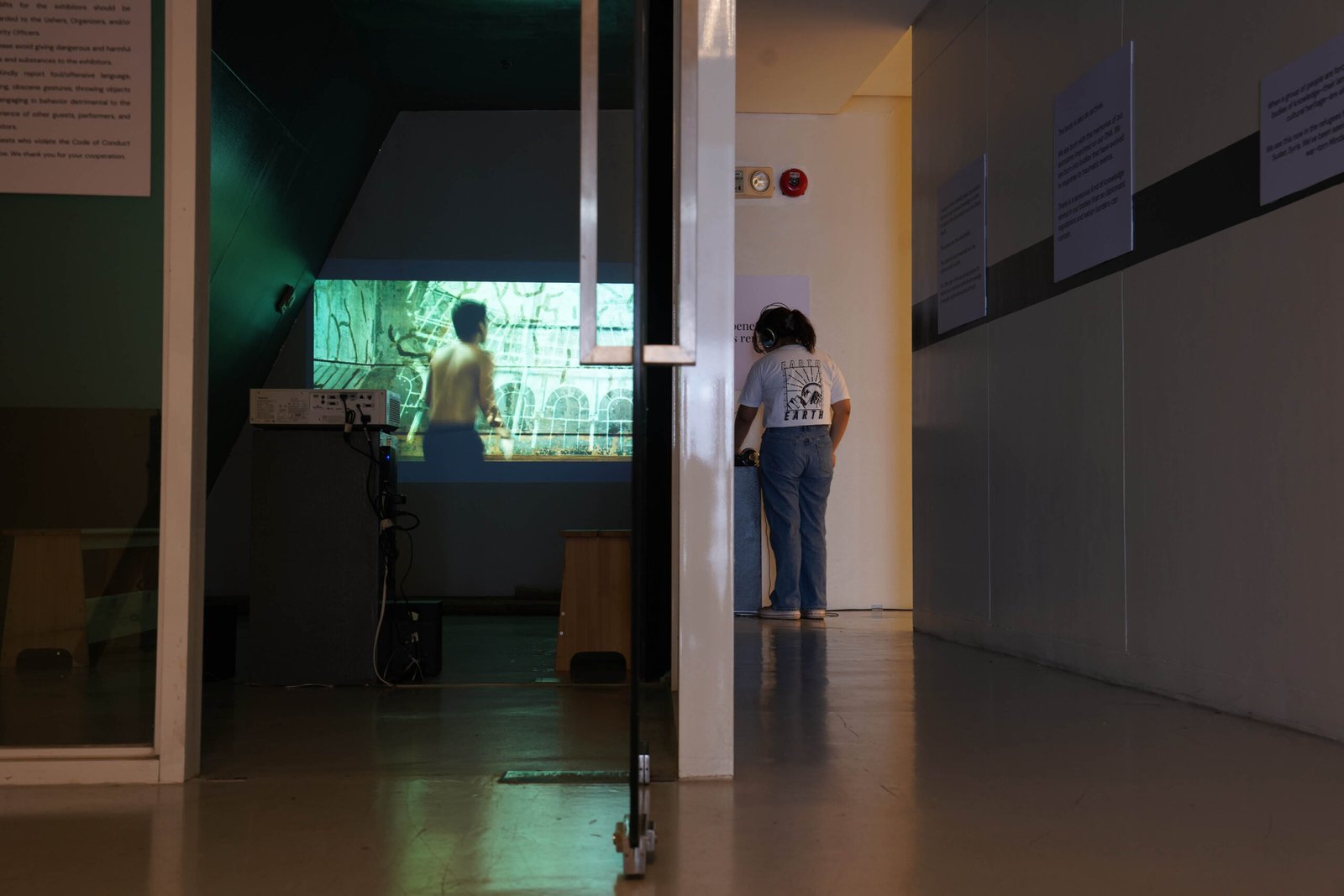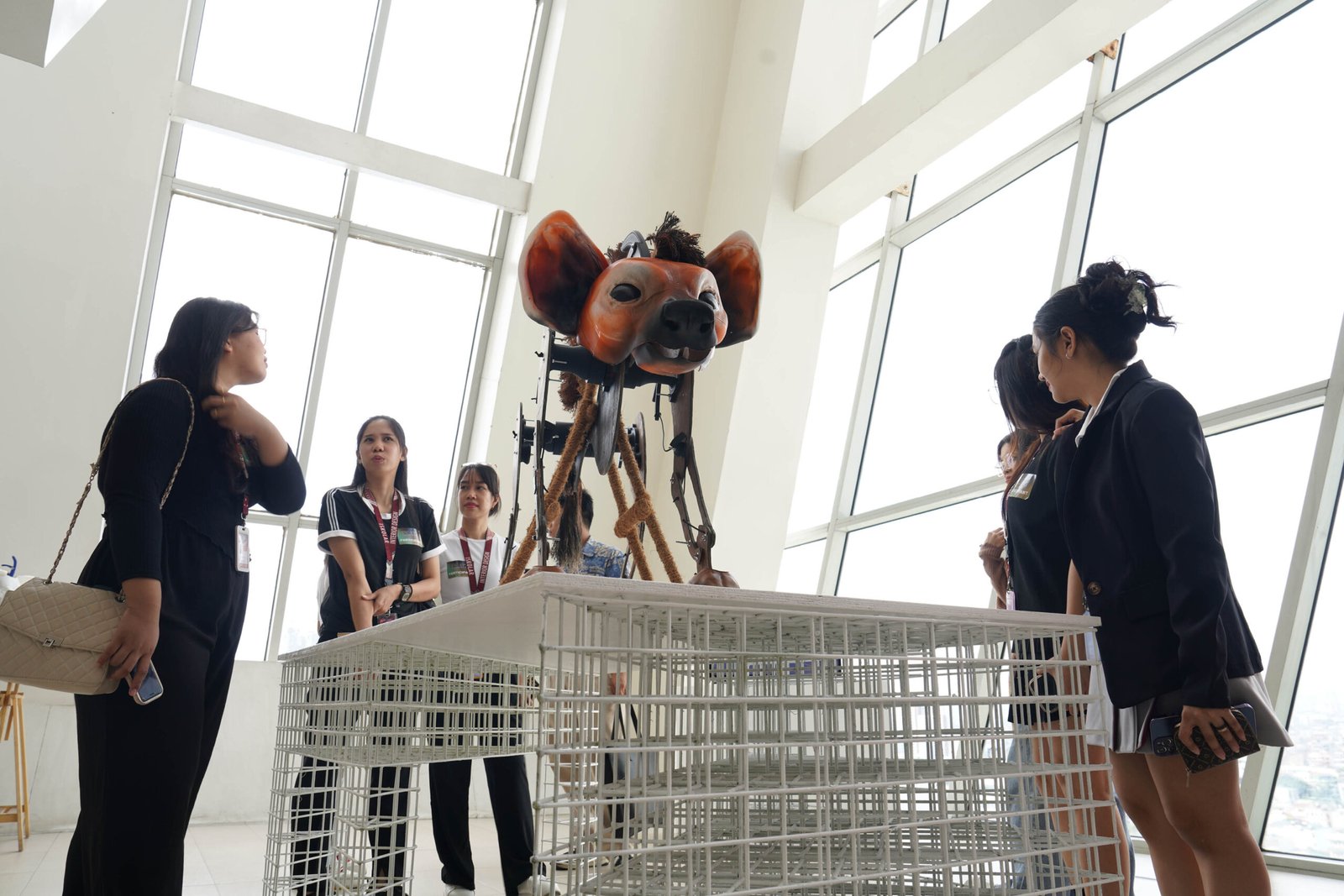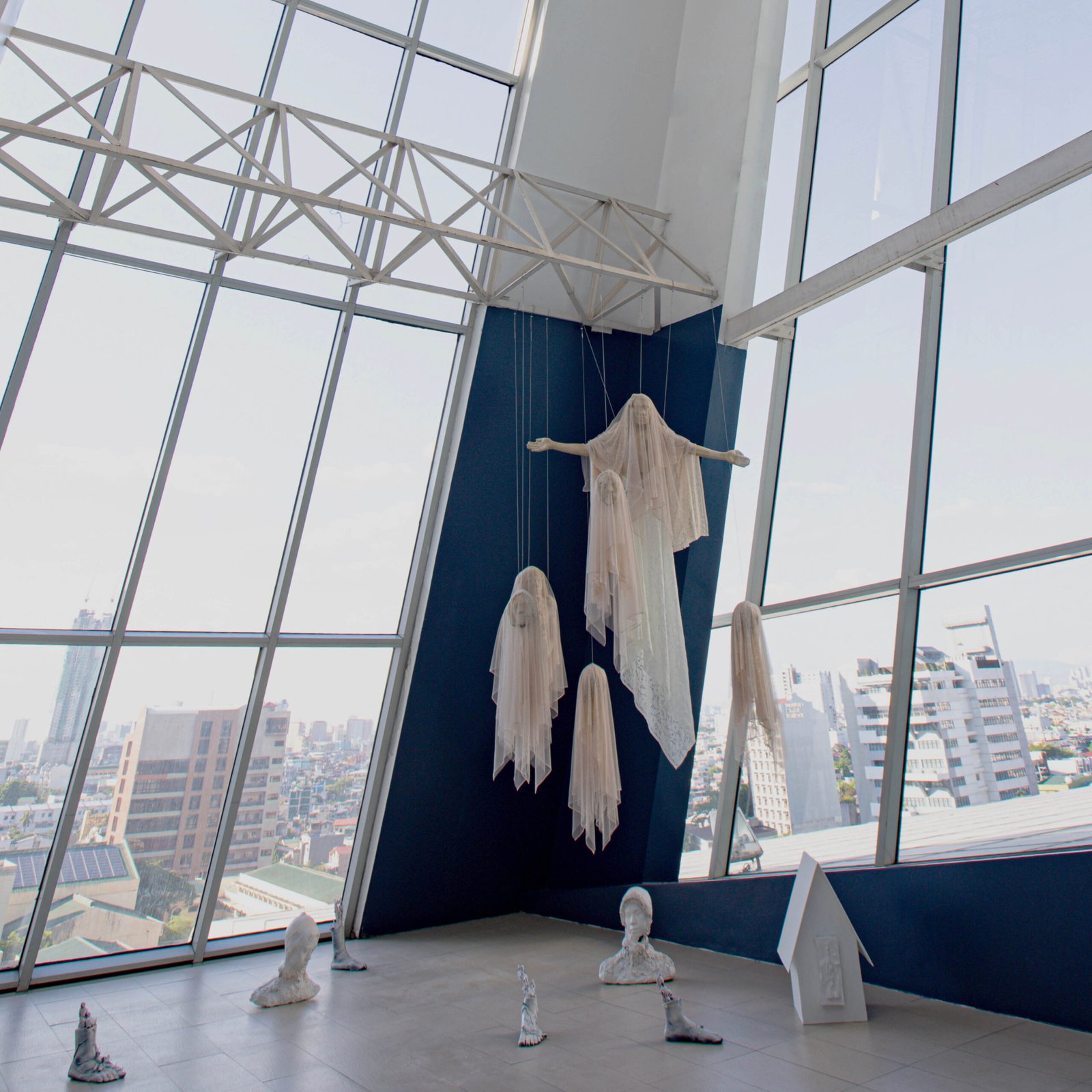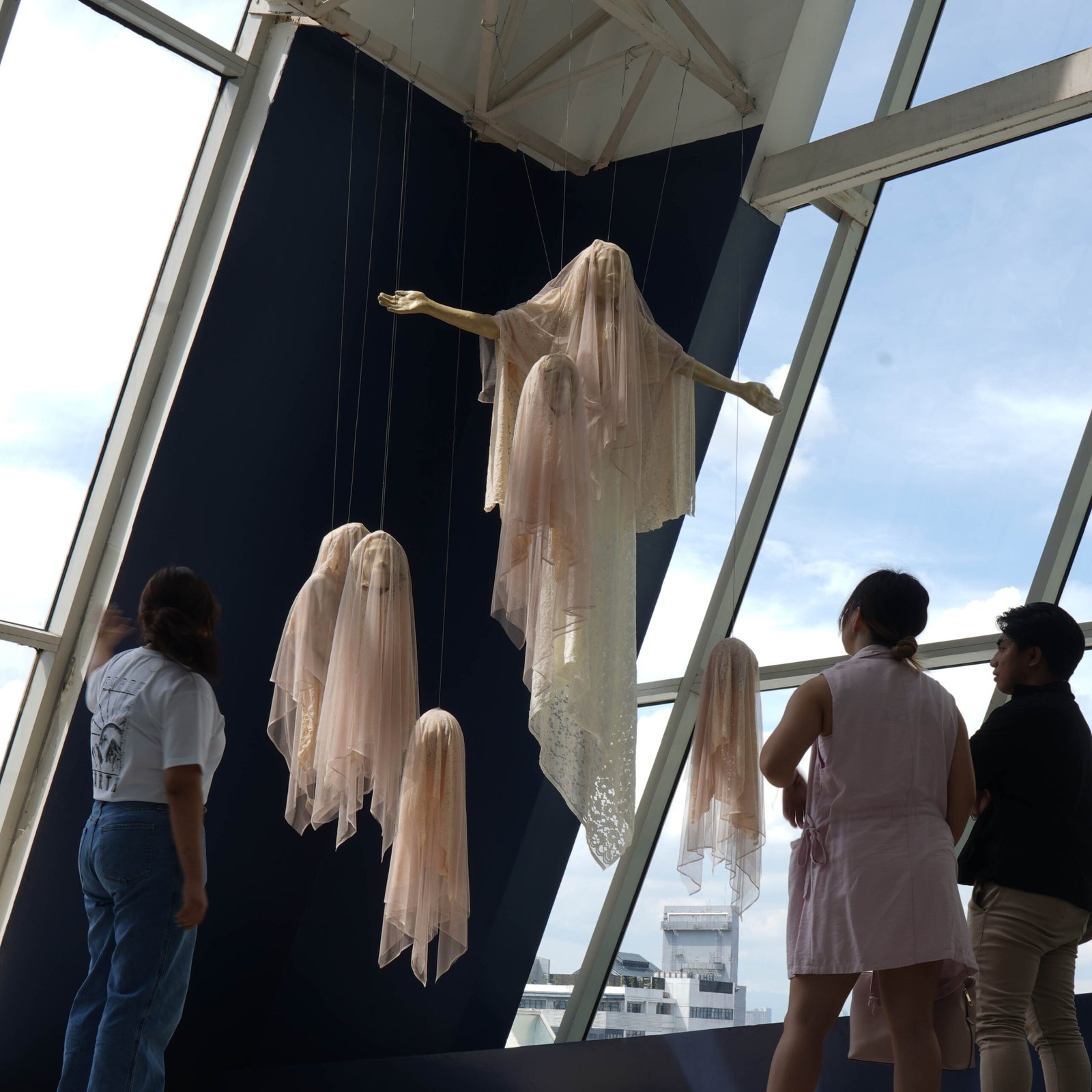Words and Images Benilde Open Design + Art
Editing The Kanto team
“For Benilde Open 2025, we ask for proponents to bridge technology and nature and propose solutions —whether mechanical, organic, or inevitably, the digital—to the reimagination of a future while cognizant of the destruction wrought by the past,” opens Benilde Open 2025 organizers.
This year, the program is looking for creative responses at the intersection of creativity, technology, and nature that respond to the urgent realities of climate change and ecological instability, asking: How can design respond to changing technologies? How can we build with, not against, the environment?
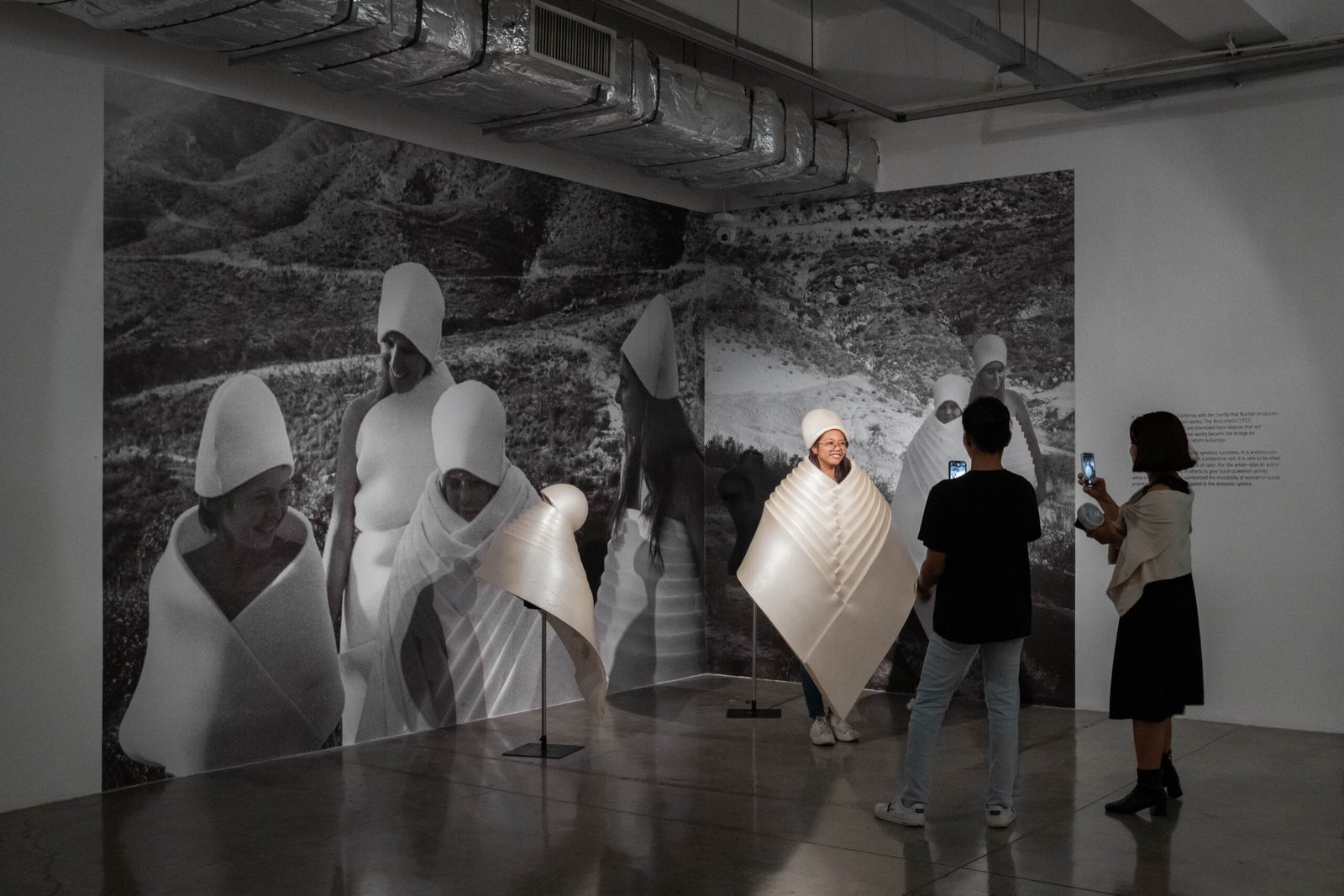

Filipino creative practitioners or those with Filipino citizenship are open to submit under Benilde Open, while De-La Salle College of St. Benilde Students may apply under Best of Benilde. Ten (10) practitioners will receive up to Php 300,000 grants under Benilde Open, while five (5) students will be awarded up to Php 50,000 grants.
“We are looking for proposals that rethink material use and sourcing, explore adaptive reuse or circular design, integrate ecological systems into spatial design, and offer speculative or systems-based visions for the future of space-making,” the organizers continue. “Whether conceptual or applied, we welcome experimental, critical, and cross-disciplinary approaches.”


About the theme
As artificial intelligence, robotics, and biotechnology advance, there is a reanimation of interest and dalliance around constructing kinetic art. A return to almost analog models of wonky machines, or elegant juxtapositions of materials and found objects, allows for the creative mind to manipulate stuff, reconstructing them into pieces far removed from their intended functions. In other cases, designers retool and reinterpret existing material beyond recognition, in search of multiple means to express material and materiality. The more recent iterations of these kinetic design and art machines have been found within the realm of solutions and remedies, often hopeful panaceas to the environmental disaster we’ve placed upon our dying planet.
Across this spectrum of machining and inventions, interactive installations also exist that integrate machine learning, allowing artworks and design objects to “learn” from their environment and respond in increasingly complex ways. The boundary between the mechanical and the biological is becoming more fluid, leading to a future where kinetic art not only reflects nature but becomes an active participant in it. We have to ask however, how we can make these points of connection more bearable for our planet. How do we address these concerns without having to invent new material or access resources?
From Benilde Open 2024: RE-MOVE: Unraveling truths behind the spectacle of indigenous exposition through the contemporary performance lens by Aaron Kaiser Garcia, photographed by Matthew Mangulabnan and Developing Puppetry in the Philippines by Mikayla Teodoro, photographed by Ivonne Aquino
The growing concerns about climate change and ecological instability, artists and designers have increasingly turn to technology to address environmental issues. Creative individuals previously turned to fashioning materials into things such as machines or objets d’art as a means towards experimentation, testing, and discovery.
Kinetic art, for instance, with its emphasis on movement and interactivity, has long explored the intersection of technology and nature. From early experiments with mechanical motion to contemporary installations driven by algorithms and sensors, kinetic artists harness technology to create works that respond to natural forces, reimagine organic processes, and challenge our perception of the environment.
Maria, Maria by Lala Monserrat in collaboration with Russ Ligtas, Geric Cruz and Jazel Kristin, photographed by Matthew Mangulabnan
Rather than opposing nature, technology in kinetic art often mimics, amplifies, or interacts with natural systems. From the first experiments of Leonardo, his early inventions later became useful gadgets that allowed for larger, more intricate machines; and later, to artists like Jean Tinguely, with his self-destructive apparatus, and David Medalla with his fantastical biokinetic machines, illustrate how mechanical forms can simulate organic movement. These works reflect the intricate patterns of life, from cellular growth to the unpredictable flow of wind and water, sand, and heat. The works of David Medalla have always relied on kinetic movement from his Cloud Canyons to his Sand Machines. The projects bring together simple movement, but experiment with the relationship between technology or inventions, and nature.


Contemporary artists and designers use electronic components, light sensors, and sound-responsive mechanisms to create installations that evolve. Sculptures, for instance, whether as artwork or as design systems, transform everyday objects into dynamic arrangements influenced by environmental factors, such as moisture and air currents, as well as integrate modular circuits and kinetic structures that adapt to their surroundings, creating a continuously changing dialogue between artificial and organic elements.
Looking at fundamental natural elements like gravity, magnetism, wind, humidity, and temperature to generate movement, machines play a role in the realization of such inventions, facilitating complex movements and interactive experiences. Robotic sculptures and systems, as well as automatons, are capable of fluid motion and precise choreography; these constructions expand the possibilities of artistic expression and mechanical engineering. Interactive installations also blur the boundaries between inventor and participants, inviting the public to engage with artworks and, in some cases, co-create immersive experiences.
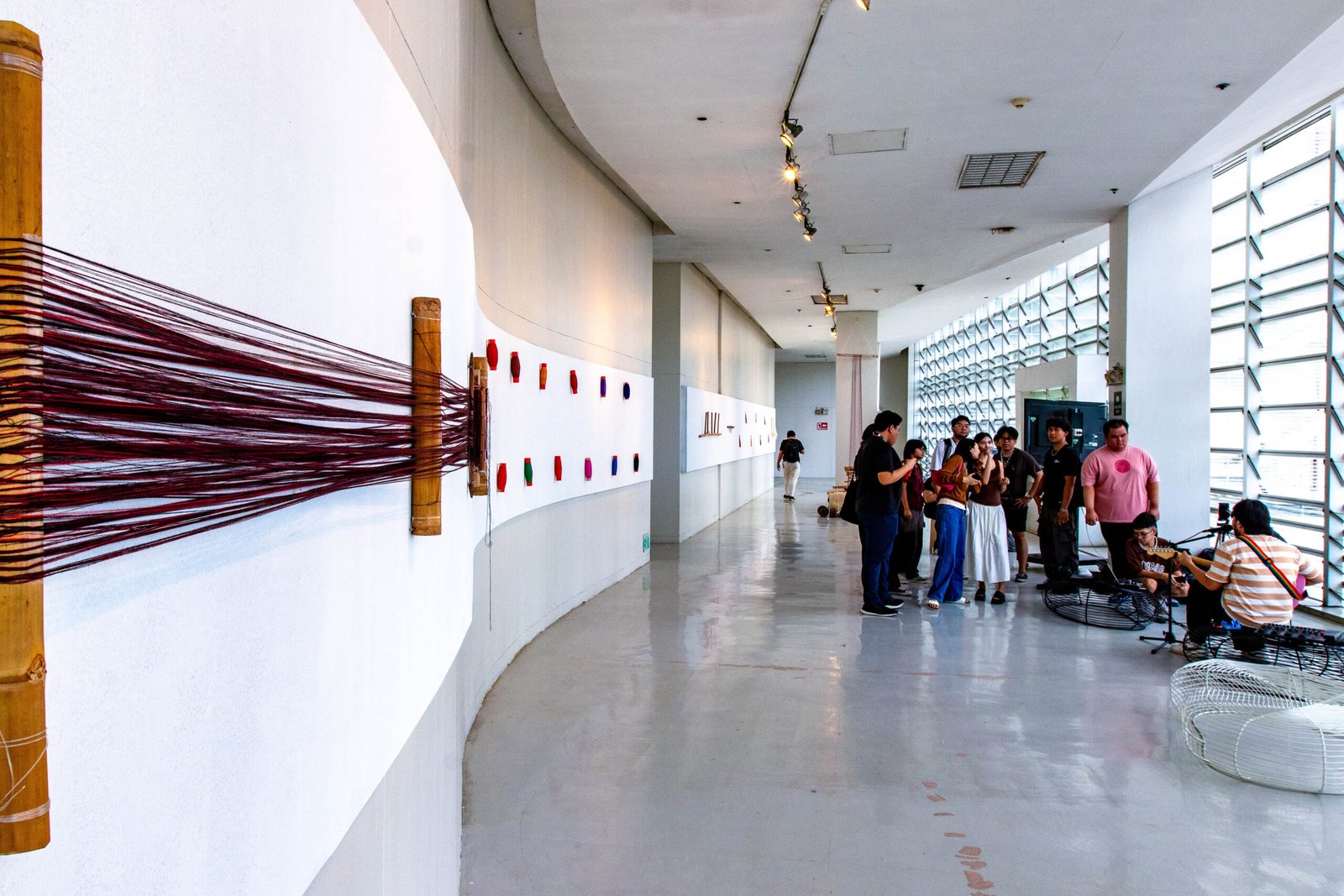
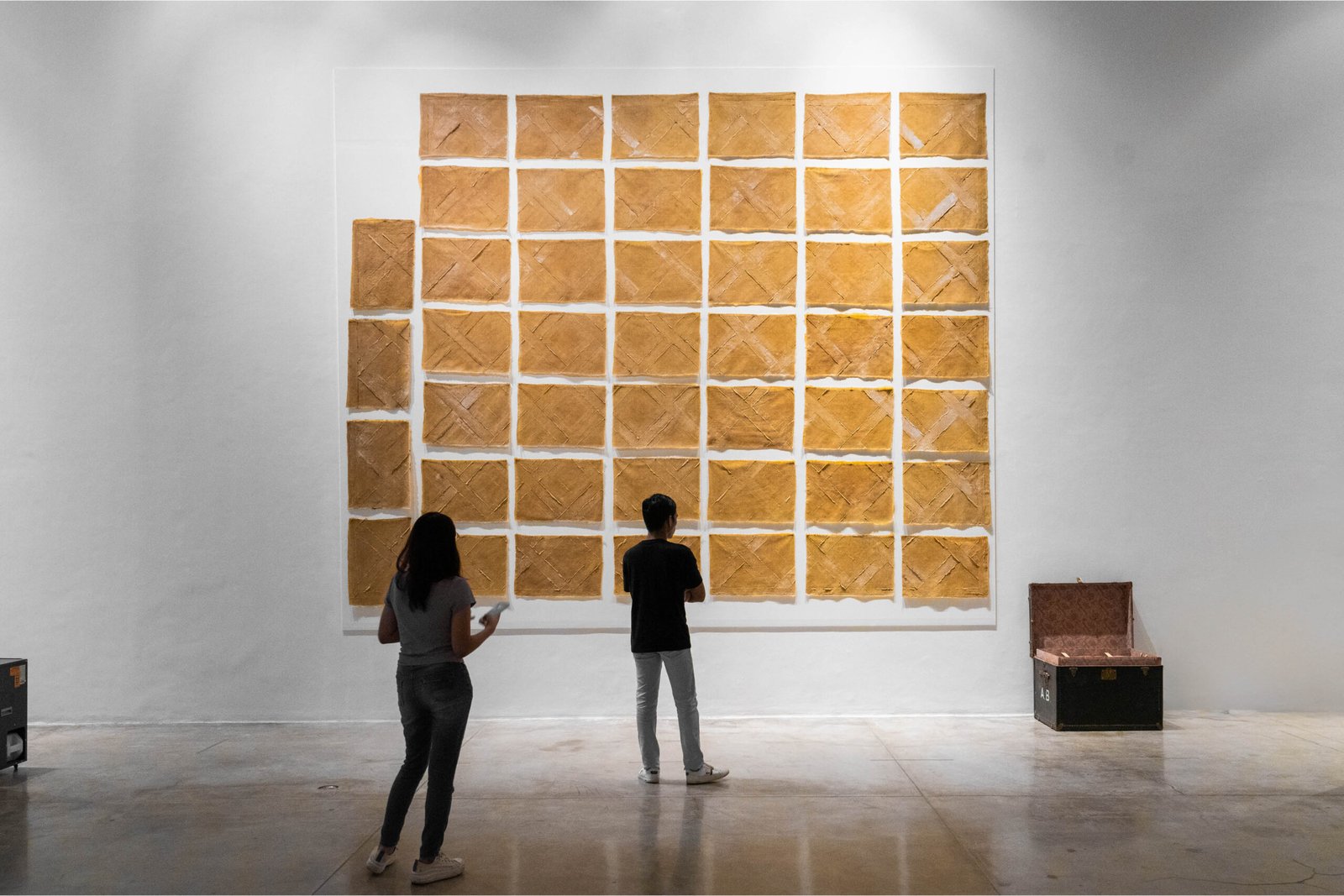
With contemporary society’s concerns about climate change and ecological instability, there is a need to find other solutions to address these without further harm to the planet. Instead of using new components, there is a turn to recycling and recovering objects to create. There are robotic sculptures that mimic plant growth, inventions that tell us about the movements of bees and their impact, each one emphasizing the balance between human-made and organic systems that have been put together by artists, designers, and inventors. They incorporate renewable energy sources—solar panels, wind turbines, or hydroelectric mechanisms—into their work, asking questions about the reconsideration of energy consumption and sustainability. •
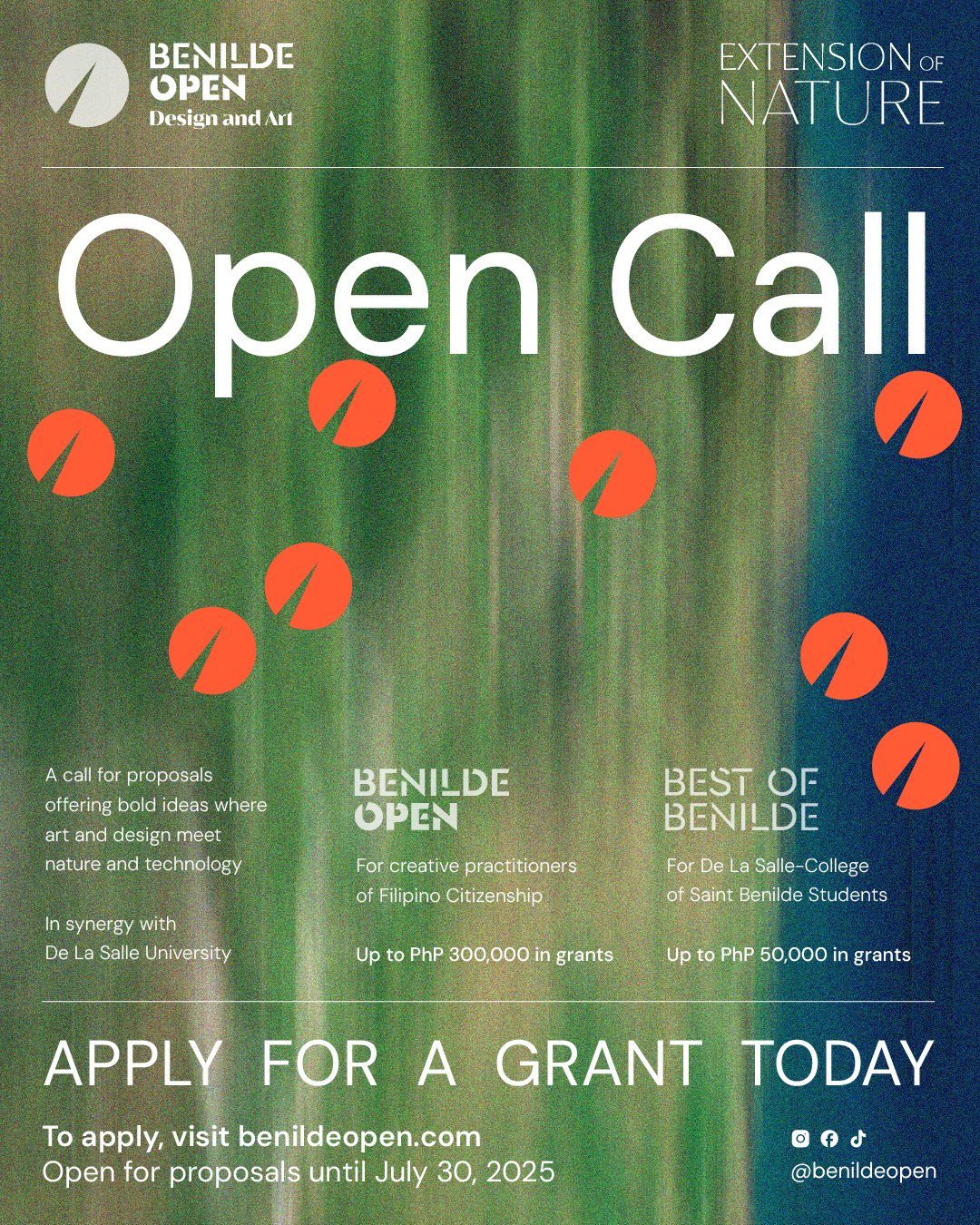

Benilde Open 2025 is open for proposals until July 30, 2025. For more details or proposal writing guidelines, visit benildeopen.com.
